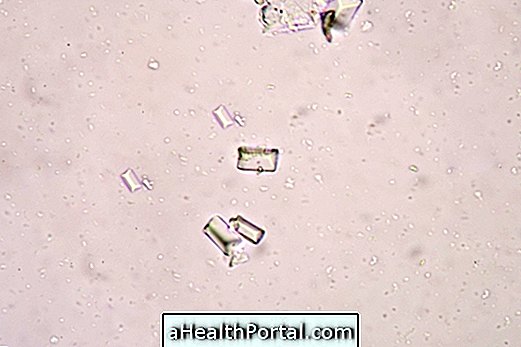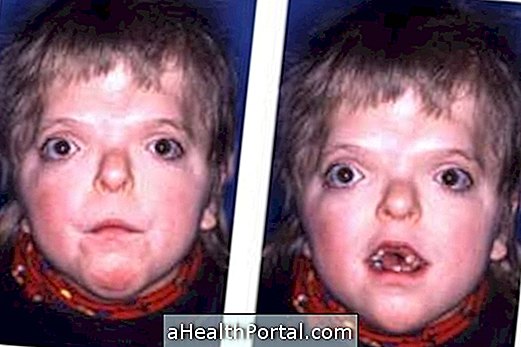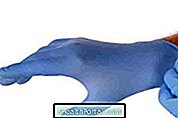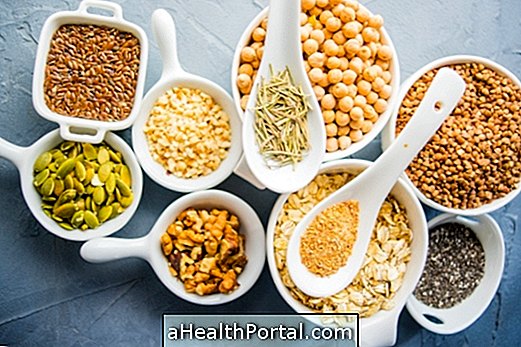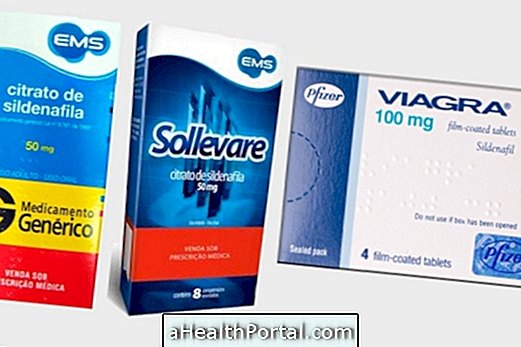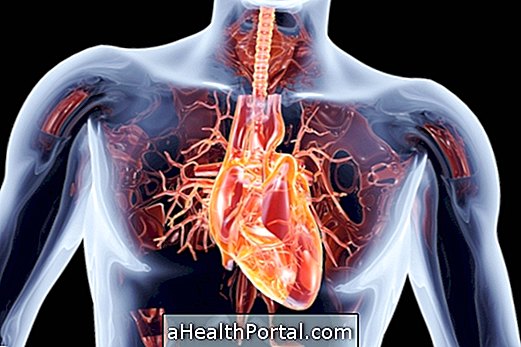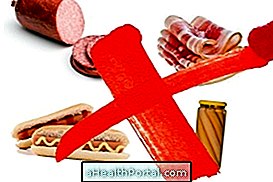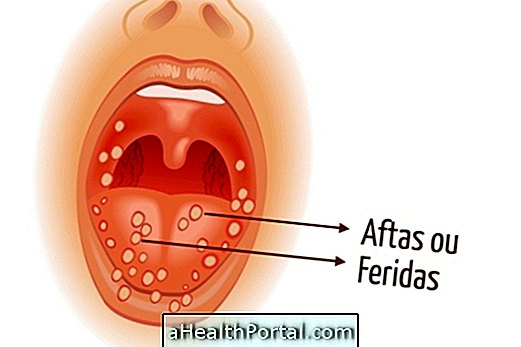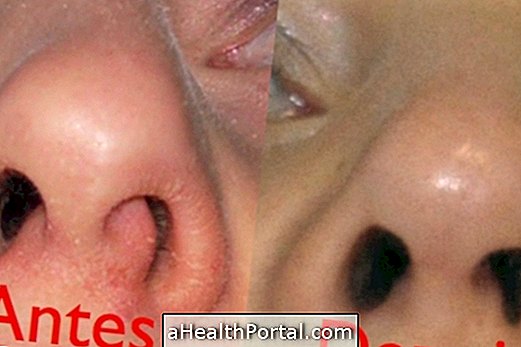Gastric lavage is a technique that allows washing the inside of the stomach, removing the contents that have not yet been absorbed by the body. Thus, this procedure is generally used in cases of ingestion of toxic or irritant substances, for which there is no antidote or no other form of treatment. Understand what to do immediately in case of poisoning.
Ideally, gastric lavage should be done up to 2 hours after ingestion of the substance and needs to be done in the hospital by a nurse or other health professional trained to avoid complications such as aspiration of fluids into the lung.

When it is indicated
In most cases, gastric lavage is used to cleanse the stomach in case of ingestion of high doses of substances or medicines that may be toxic to the body, such as:
- Antihypertensives, such as propranolol or verapamil;
- Tricyclic antidepressants such as Amitriptyline, Clamipramine or Nortriptyline.
However, not all cases of exaggerated intake of a substance need gastric lavage. The best way to know if this procedure is really necessary, and what to do to reduce the risk of complications, is to consult the Antiveneno Information Center, on 0800 284 4343.
Less often, gastric lavage can also be used to empty the stomach before diagnostic exams, such as endoscopy, for example. Learn more about endoscopy and when it is done.
Step-by-step gastric lavage
Gastric lavage needs to be done at the hospital by a nurse or other trained health professional. During the procedure, the professional should follow the following steps:
- Insert a gastric tube through the mouth or nose into the stomach;
- Lay the person down and turn it to the left side to facilitate emptying of the stomach;
- Connect a 100 mL syringe to the tube;
- Remove the contents of the stomach using the syringe;
- Place 200 to 300 mL of saline heated at 38 ° C inside the stomach;
- Remove all contents of the stomach again and reinsert 200 to 300 mL of serum;
- Repeat these steps until the contents taken from the stomach are clear.
Typically, to get a proper gastric lavage, you need to use up to 2500 mL of saline throughout the procedure. In the case of children, the required amount of serum may vary from 10 to 25 mL of serum per kg of body weight, up to a maximum of 250 mL.
After washing, it is also advisable to insert between 50 and 100 grams of activated charcoal in the stomach to avoid the absorption of any remaining substance that has remained in the stomach. In the case of children, this amount should be only 0.5 to 1 gram per kg of weight.
Possible complications of lavage
Although gastric lavage is a life-saving technique that has taken a very high dose of a toxic substance, it can also cause some complications. The most common is aspiration of fluid into the lungs, which can lead to pneumonia, for example.
To avoid this risk, the procedure should be done by a nurse and in the seated position, since there is less chance that the liquid passes into the airway. Other complications that may occur include gastric bleeding, laryngeal spasm, or esophageal prefaction, which need to be treated as soon as possible in the hospital.
Who should not do
The decision to do gastric lavage or not should always be evaluated by a medical team, however, gastric lavage is contraindicated in cases such as:
- Unconscious person without intubation;
- Ingestion of corrosive substances;
- Presence of thick esophageal varices;
- Exaggerated volume of vomiting with blood.
In addition, if surgery has been performed on the gastrointestinal tract, lavage also needs to be well evaluated, since there is a greater risk of complications.


